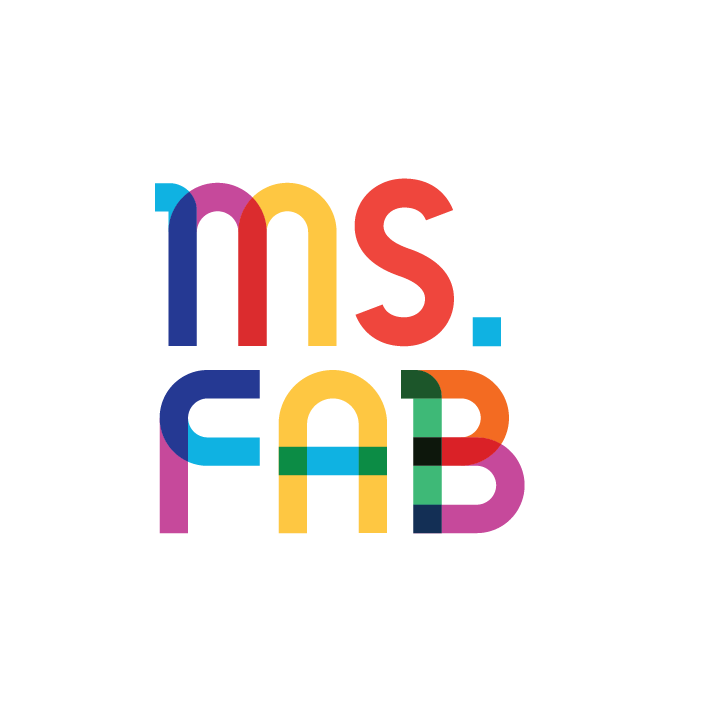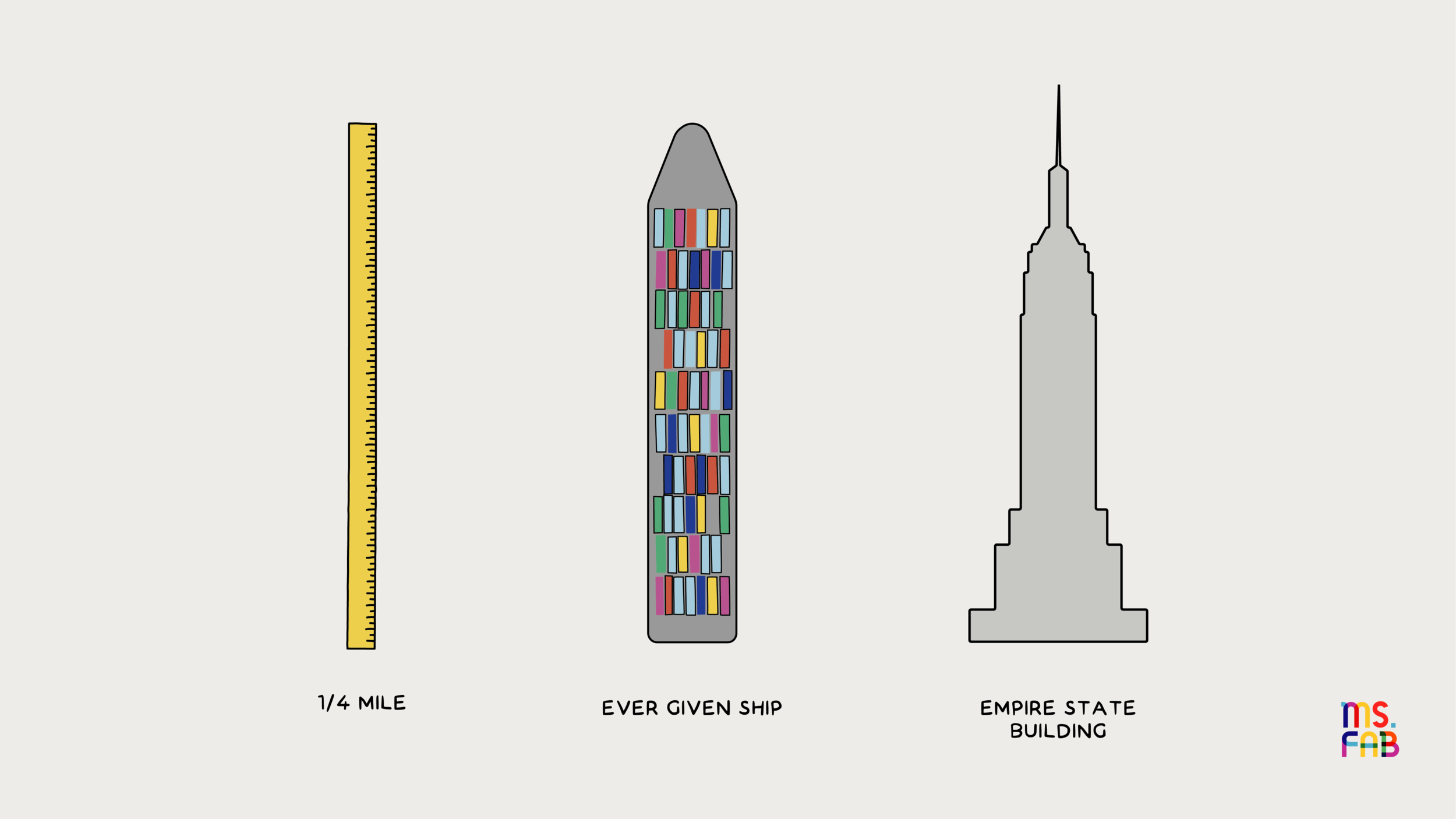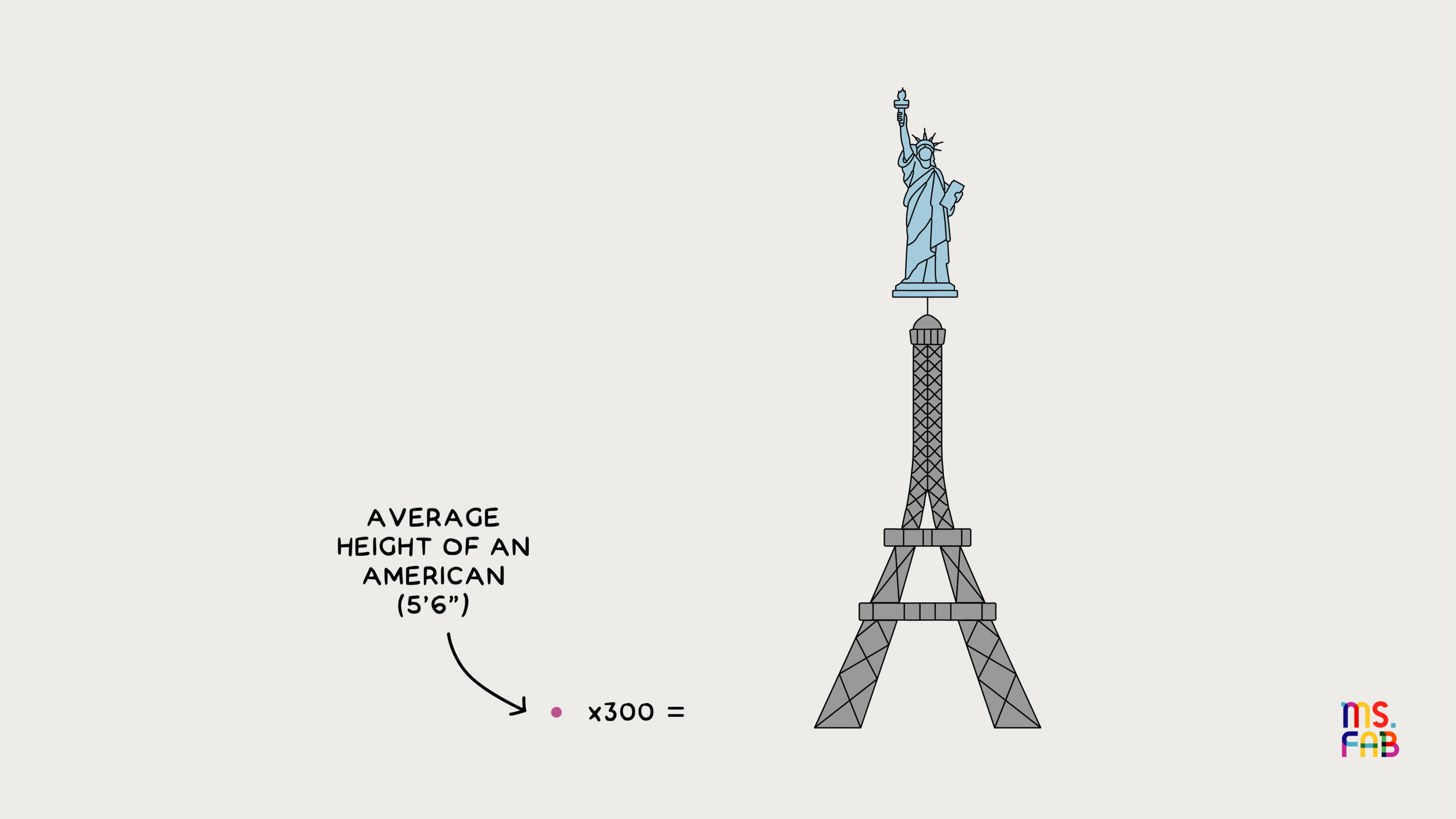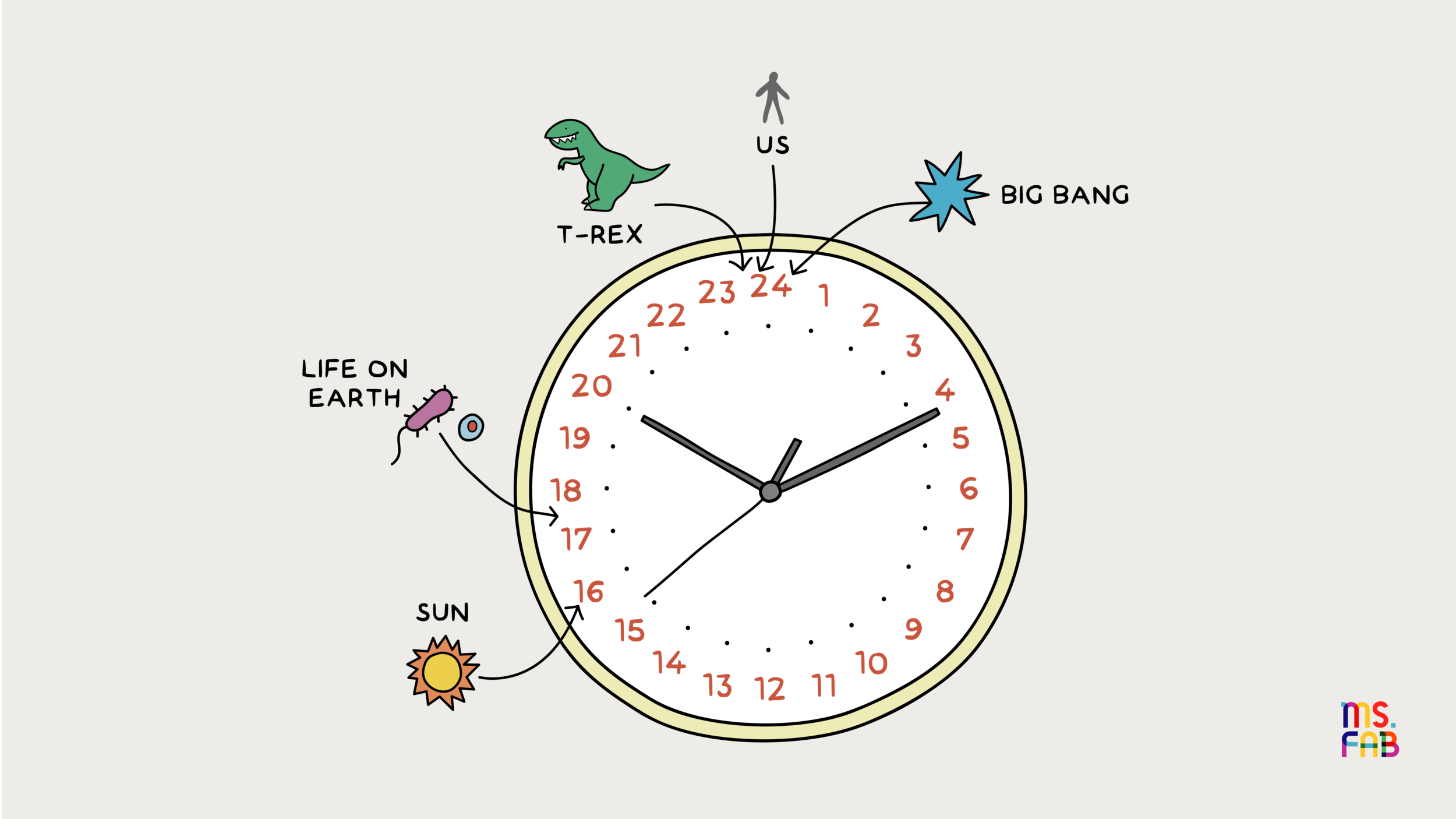Developing Number Sense
As a teacher, I found most math curriculums extremely frustrating.
I watched my students complete countless worksheets, but still struggle in developing number sense.
It was a lot of memorization with little meaning.
I couldn’t help but wonder: What if kids learned numbers in context? Wouldn’t they grow up with a better understanding of the world? Wouldn’t they learn to love math?
Numbers give us the ability to consider things beyond ourselves. We can use them to measure the size of galaxies, engineer airplanes, design buildings, and so much more.
But our brains don’t naturally think this way.
We evolved to count things with our fingers. That’s why our minds get fuzzy once we approach 10. Instead of meaning something specific, numbers just start feeling like a lot.
We can fix this problem with translation: taking abstract numbers and turning them into things that make sense to us. This means transforming numbers into stuff we can visualize.
Here are 5 tips from Chip Heath & Karla Starr's book, "Making Numbers Count" on how to develop number sense.
1. Use Concrete Examples
Last year, one ship named the Ever Given disrupted the global economy. It got stuck in the Suez Canal. Nothing else could get through. But how could one ship block the whole thing?
If I said it’s a quarter mile long, that wouldn’t mean much to you. A quarter mile is hard to picture.
But what if I said it’s longer than the Empire State Building is tall? All of a sudden, you’d start to comprehend this one ship’s massive size.
2. Find Your Feet
We pick the measuring stick when we think about numbers—and we should use ones that make sense to us. In the past, we compared numbers with body parts, hence a “foot” is the average length of a man's foot.
We can use similar comparisons today.
For example, we can say “two football fields” instead of "200 yards.” We can say Pakistan is roughly two Californias, rather than 341K square miles. In short, we can use relatable comparisons when trying to grasp a number.
3. Try Different Perspectives
If a number doesn’t make sense, look at it from many different angles. Try framing the number in time, space, distance, or money.
Heath & Starr make this points by showing what it means to multiply by 300:
“If you multiply the average height of an American (5’6”) by 300, the person becomes taller than the Eiffel Tower with the Statue of Liberty on top. A $5 bill becomes $1,500. An elevator ride with your boss actually lasts 10 hours, instead of just feeling like it.”
4. Adjust to Human Scale
Let’s say we’re trying to comprehend the size of Mount Everest. What can we do to make it more understandable?
Saying that it is 29,000 feet high doesn’t help. It’s too big of a number to grasp. We need to shrink Mount Everest down to human scale.
Now, let’s say we were the size of six playing cards stacked together. In this case, Mount Everest would be the size of a two-story house.
This example makes sense because we’ve all seen playing cards and two-story houses.
5. Make a Map
Let’s say we want to understand when humans entered the universe. The answer is about 200k years ago, which is not very long. But that’s such a big number, it’s hard to imagine it exactly. Instead, we can create a map of the history of the universe.
If all of time was squeezed into one 24 hour day, then humanity would have only existed for less than one second. Wow!
This map works because it’s concrete and adjusted to human scale: a day is a very familiar concept.
But what’s unique about the map is that we can use it to reason about other things as well:
How old is the sun?
When did life on earth begin?
When did the T-Rex live?
We have an understandable way to frame all these questions.
With these five tactics, we can transform numbers from boring symbols into something exciting.
We can start to think about math in a way that clicks with how our brains work. Most of all, we can start to grasp the deep meaning that numbers reveal about our world.
I explore ideas like this in Fab Fridays, my newsletter on childhood education with a twist + new ways to learn.
Subscribe below!






